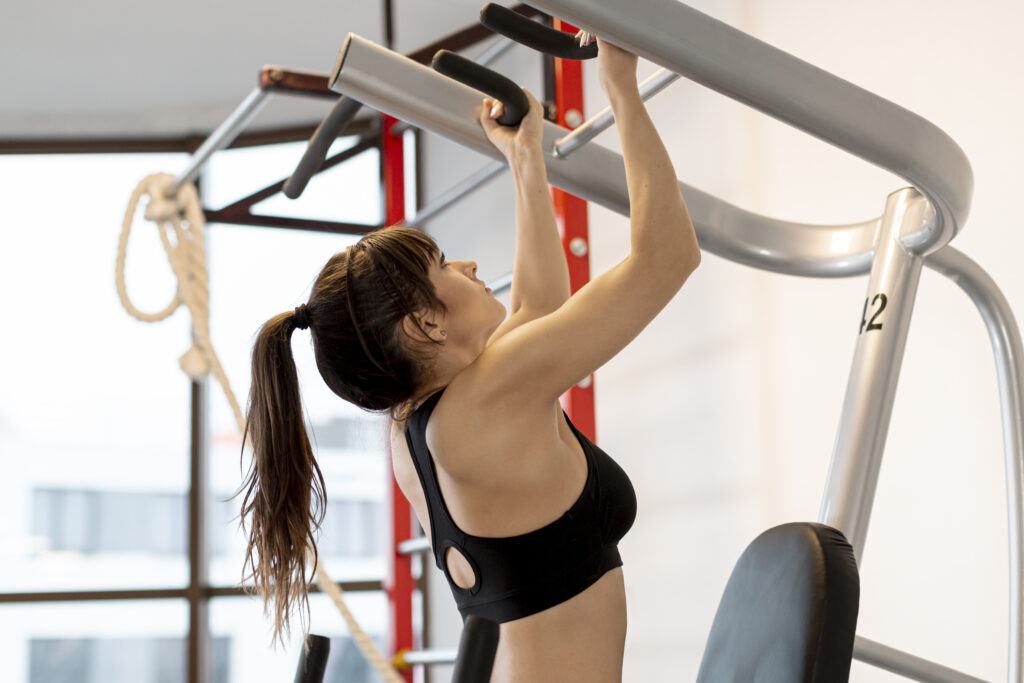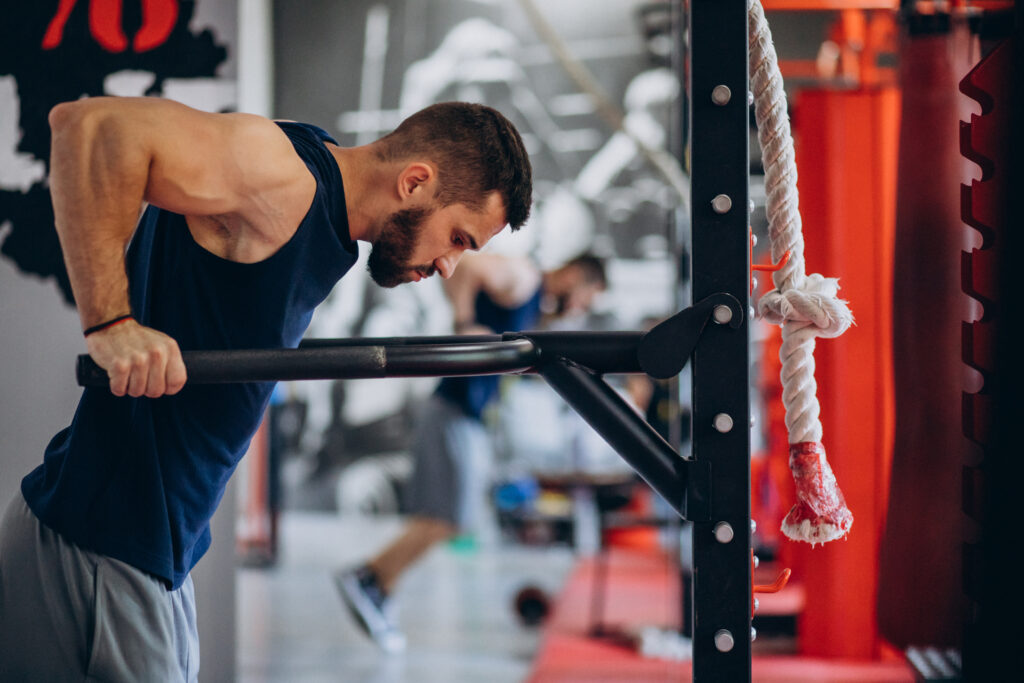Is Direct Arm Training Still Necessary? Here’s What the Experts Say
In today’s fitness culture, where functional training and time efficiency rule, direct arm training has taken a back seat to compound lifts and high-intensity circuits. But should it? According to new insights from EMG (electromyography) research and strength coaching circles, the answer may not be so straightforward.
Let’s break down the latest thinking on arm workouts, the best exercises for growth and strength, and whether training your forearms is worth your time.
The Shift in Thinking: Do You Even Need Arm Work?
There’s been a noticeable trend in recent years among strength coaches and personal trainers: prioritize compound lifts. Movements like pull-ups, rows, bench presses, and overhead presses already activate the biceps and triceps, sometimes significantly.
“Most athletes get enough arm stimulus from heavy pulling and pressing,” says Dr. Brad Schoenfeld, a leading researcher in hypertrophy science. But he also notes that for aesthetics or maximal growth, direct arm work still has its place, especially for more advanced lifters.
What Strength Coaches and Trainers are Doing
Modern strength coaches often program minimal direct arm work for general fitness clients. However, bodybuilders, physique athletes, and those with specific strength imbalances still include targeted biceps and triceps exercises.
Personal trainers may integrate arm-specific supersets or finisher sets to save time while still hitting the arms hard after compound work. This keeps sessions efficient while addressing clients’ common aesthetic goals.
Best Arm Exercises According to EMG Research
EMG studies have measured the electrical activity in muscles during various exercises to determine which movements elicit the most activation. Here are some top exercises based on this research:

Best Biceps Exercises:
- Concentration Curl – Highest EMG activation (Schoenfeld et al., 2010)
- Cable Curl – Excellent peak contraction due to constant tension
- Chin-Up – Great compound move with high biceps engagement
Best Triceps Exercises:
- Triangle Push-Up – Highest overall triceps activation
- Overhead Triceps Extension (Dumbbell or Cable) – Emphasizes long head
- Dip – Great bodyweight option with strong triceps activation
Best Forearm Exercises:
- Wrist Curls (Barbell or Dumbbell) – Focused on forearm flexors
- Reverse Curls – Targets brachioradialis and forearm extensors
- Farmer’s Carries – Functional grip and forearm strength
Reference: Boeckh-Behrens & Buskies (2000); Paoli et al. (2010); ACE-sponsored EMG studies
Barbell vs Dumbbell: Which Is Better for Arms?
Both tools have their benefits:
- Barbells allow for heavier loading and are ideal for exercises like barbell curls or close-grip bench press for triceps.
- Dumbbells provide greater range of motion and help eliminate strength imbalances.
According to EMG studies, the concentration curl (dumbbell) and close-grip bench press (barbell) stand out as two of the best exercises for biceps and triceps respectively. A combination of both barbell and dumbbell training seems to offer the most complete arm development.
Do You Need to Train Forearms?
While not always a priority, training forearms can enhance overall arm aesthetics and improve performance in pulling and grip-heavy lifts. For example, improving forearm strength aids in deadlifts, rows, and even daily function.
If your goal is performance, farmer’s carries and dead hangs might be enough. But for aesthetics or lagging forearm development, direct work like wrist curls and reverse curls can make a significant difference.
Final Thoughts: Should You Train Arms Directly?
If you’re a beginner or short on time, your full-body program may already give you sufficient arm stimulation. However, if you’re aiming for maximal arm size, strength, or aesthetic balance, targeted arm work should remain part of your routine.
The best approach? Combine heavy compound lifts with 1–2 isolation arm exercises per session, 1–2 times per week. Mix barbell and dumbbell movements, and don’t neglect forearms if they’re a weak link.
Jefit: Embrace the Grind
If you’re serious about building muscle, tracking workouts, and reaching your fitness goals in 2025, the Jefit strength training app is the perfect tool to help you succeed. With over 20 million downloads and 12+ million users, Jefit is one of the best tracking apps for strength training. Recognized as the Best Fitness App of 2024 and featured in Men’s Health, PC Magazine, and USA TODAY, Jefit stands out with its user-friendly design, advanced workout tracking, and over 42,000 five-star ratings. Whether your goal is to gain strength, track progress, or optimize protein intake, Jefit has everything you need. Remember, sustainable progress is built on consistency, science, and patience.
References
- Schoenfeld, B. (2010). The mechanisms of muscle hypertrophy and their application to resistance training. Journal of Strength and Conditioning Research, 24(10), 2857–2872.
- Boeckh-Behrens, W., & Buskies, W. (2000). Biomechanics and EMG Analysis in Strength Training.
- Paoli, A., et al. (2010). EMG analysis of biceps brachii during isolation exercises. Journal of Sports Science & Medicine, 9(3), 417–424.
- American Council on Exercise (ACE). (2012). ACE-Sponsored EMG Analysis of Biceps and Triceps Exercises.
- Fibermaxxing: Viral Nutrition Trend You Should Know - December 17, 2025
- Hybrid Metabolic Strength Training for Faster Results - December 10, 2025
- Why Lifters Choose JEFIT App for Real Strength Gains - December 3, 2025
